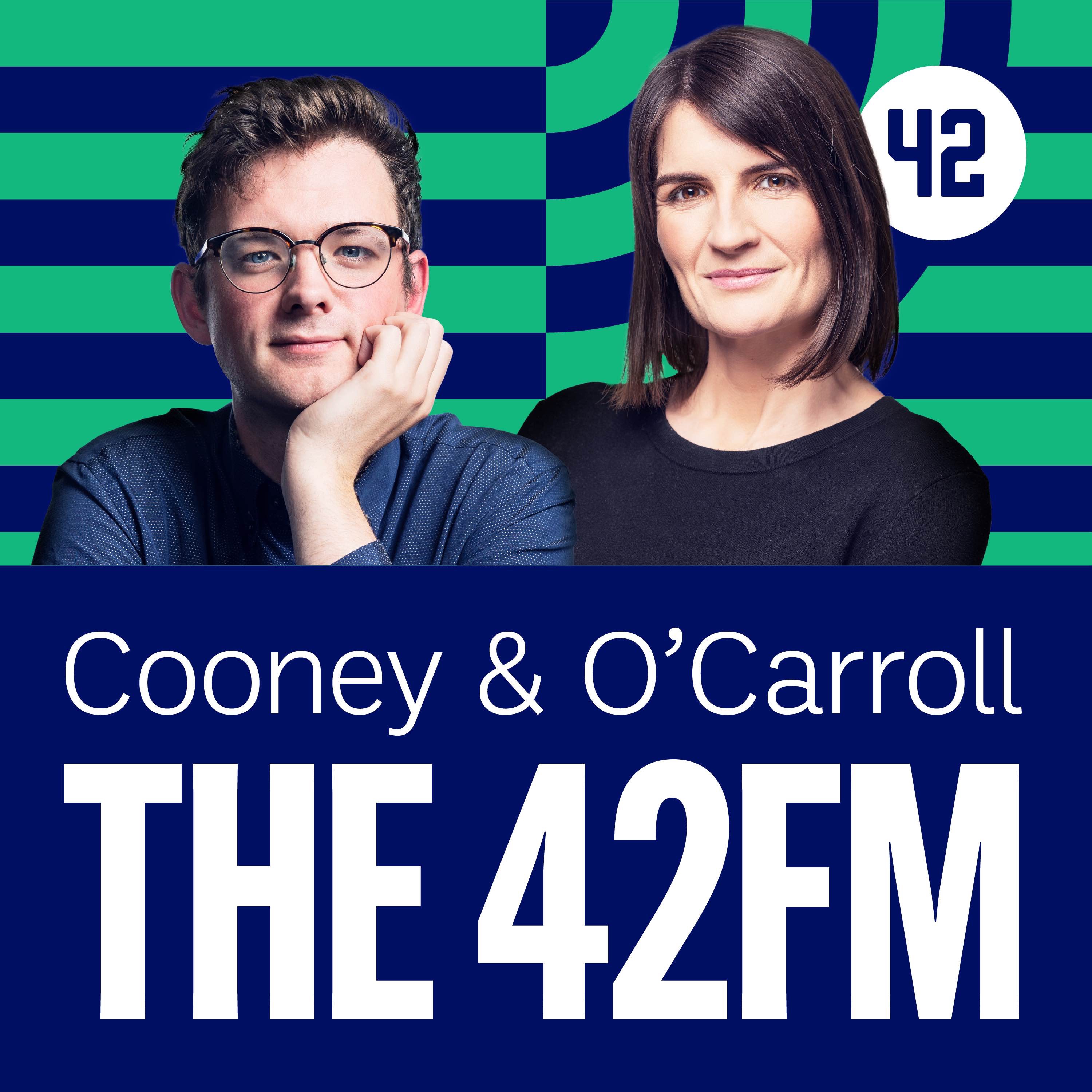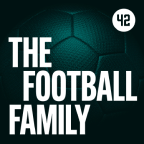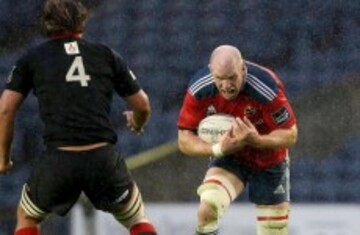IN MANY WAYS the numbers speak for themselves.
It’s not so long ago that provincial matches on these shores were sideshows, attracting crowds in the low hundreds.
Forwards were of a size and weight that most backs today would easily shrug aside.
The money, well; it existed, but it was a mere bonus to keep a good player onside. In most cases, it was not enough to sustain an athlete full-time, let alone set them up for a retirement in their early 30s.
On 26 August 1995, Ireland was among the most amateur rugby nations staring over the edge of a cliff of professionalism. Had there been rankings, it wouldn’t have filled any green shirt with confidence. 20 years from the introduction of rugby’s professional era, Ireland proudly sit second.
The numbers speak for themselves. However a new book released this week aims to present more than just the numbers, but the stories behind them too.
Written by Patrick McCarry, formerly of this parish, The New Breed delves back into a short yet incredibly progressive history of professional rugby in Ireland.
“Growing up, I remember Ireland as that team who could give most teams a run for their money for 50-60 minutes, but then fade away,” says McCarry.
“Even in to the late 90s, there was real danger of Ireland being cut adrift by the world’s leading nations – the three in the southern hemisphere, England and France – now we seem to be going to a World Cup with real hope.”
He quotes Donal Lenihan to sum up the difficult early days of professionalism in Ireland: “Lads like Claw (Peter Clohessy) and Gaillimh (Mick Galwey) went to bed one night as amateurs and woke up professionals. Nothing else changed.
“Girvan Dempsey (Leinster and Ireland fullback) looked back to days when they would start post-training recovery with a Mars bar and a can of Coke. They might have had a bag of chips on the way home if the mood took them.
Gary Longwell (Ulster and Ireland lock) would say that team bonding consisted of six or seven pints the night before a Test match. And the following morning they’d have a fry-up.”
The turning point, McCarry says, was the formation of the Celtic League. Through that tournament, Ireland was forced to pool playing resources in to the four provinces. By that stage Ulster already had a common sense of identity to boast of along with their Heineken Cup, but the regular week-in, week-out contests with teams of similar ilk in Wales and Scotland pushed Munster and then Leinster onto the same path.
There are drawbacks to the fact that the game has grown in every sense of course: the province’s gain has long been a loss for Ireland’s once fervent club game, the characters that had been commonplace are now often hidden away out of the limelight and the ever-increasing index of player body mass is creating an inexorable rise in injuries.
McCarry cites a provincial head of fitness who counted 154 injuries over the course of a season. Injury was defined as being unable to train, so not all ailments were equal, but the total is a stark reminder of necessity to have an extensive medical staff in today’s game when once a part-time physio may have sufficed.
Indeed, just the very fact that such numbers are even recorded is testament to the transformation Irish rugby has experienced over the 16 short years since professionalism took hold.
You can visit the launch of The New Breed at 6pm this evening at Hodges Figgis on Dawson Street, Dublin 2. Or you can buy a copy here










Clonlara and Cratloe between them could probably give a decent game to the likes of Offaly Wexford and Antrim with that amount of quality in their club teams
Hard to believe there are no players from Clarecastle, Sixmilebridge, Barefield & Wolfe Tones in the starting 15. The 90′s team was predominantly made up of players from these clubs.
Why don’t you do your job properly? You forgot Eire Og!
Hi Kieran,
Just went with the clubs that supply players to the starting side as the substitutes have not been officially announced yet.
Am aware that Shane O’Donnell of Eire Og will probably be on the bench.
Thanks,
Fintan
The clue is in the title